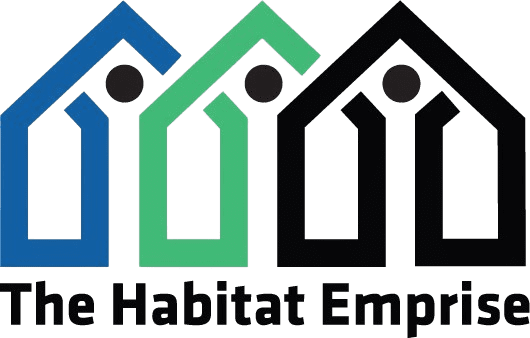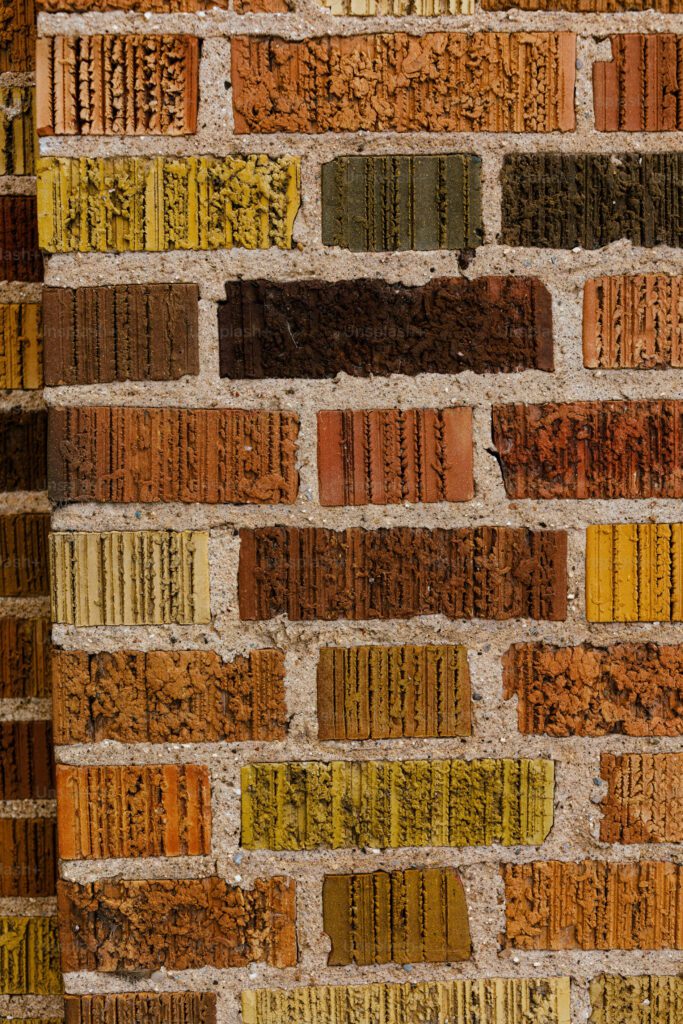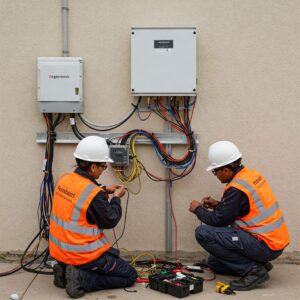The construction industry is a significant contributor to global greenhouse gas emissions, accounting for approximately 37% of global emissions. In India, the rapid pace of urbanization and infrastructure development has amplified the demand for sustainable construction practices. This shift has led to a burgeoning interest in green building materials—resources that are environmentally responsible and resource-efficient throughout a building’s life cycle.The Guardian
Market overview: The Indian green building materials market has witnessed substantial growth in recent years. As of 2024, the market size reached approximately USD 13.86 billion and is projected to escalate to USD 39.01 billion by 2033, reflecting a compound annual growth rate (CAGR) of 11.28% during 2025–2033. This surge is driven by increasing environmental awareness, supportive government policies, and a growing emphasis on energy-efficient buildings.IMARC+1IMARC+1
Benefits of green building materials: Utilizing green building materials offers several advantages:
- Energy efficiency: Materials like insulated concrete forms and reflective roofing can significantly reduce energy consumption.
- Resource conservation: The use of recycled materials, such as reclaimed wood and recycled metal, minimizes the depletion of natural resources.
- Improved indoor air quality: Low volatile organic compound (VOC) materials contribute to healthier indoor environments.
- Waste reduction: Incorporating materials that generate less waste during production and construction supports sustainable waste management.
Challenges in sourcing green materials: Despite the benefits, several challenges hinder the widespread adoption of green building materials in India:
- High initial costs: Eco-friendly materials often come with a higher upfront cost, deterring budget-conscious builders.
- Limited availability: Certain sustainable materials are not readily available in all regions, leading to increased transportation costs and carbon footprints.
- Lack of standardization: The absence of uniform standards and certifications can make it difficult to verify the sustainability credentials of materials.
Opportunities for local manufacturers: The evolving market landscape presents several opportunities for local manufacturers:
- Innovation in material development: Investing in research and development can lead to the creation of new, cost-effective green materials tailored to local conditions.
- Government incentives: Leveraging subsidies and tax benefits offered for sustainable practices can offset initial investment costs.
- Export potential: As global demand for green materials rises, Indian manufacturers can explore export opportunities, contributing to economic growth.
Government initiatives and policies: The Indian government has introduced a suite of forward-looking initiatives, schemes, and policy frameworks aimed at mainstreaming green building materials into construction and infrastructure development. These efforts are guided by both climate imperatives and the nation’s sustainable development commitments, especially under the Paris Agreement and UN Sustainable Development Goals (SDGs). Here is a breakdown of the most relevant policies and initiatives:
- Energy Conservation Building Code (ECBC) – 2017: Developed by the Bureau of Energy Efficiency (BEE), ECBC sets minimum energy efficiency standards for new commercial buildings. It has indirect but significant implications for green materials, particularly those that support thermal insulation, solar reflectivity, and embodied energy reduction.
- ECBC-compliant buildings often require efficient insulation, reflective roofing materials, low-E glass, and fly ash-based bricks—driving demand for such products.
- Several states (e.g., Telangana, Andhra Pradesh, Rajasthan, Maharashtra) have made ECBC mandatory, boosting market uptake.
- Sustainable Alternative Towards Affordable Housing (SAATH): A vertical under the Global Housing Technology Challenge–India (GHTC-India), SAATH promotes new-age, environmentally responsible construction technologies for affordable housing.
- Technologies approved under this mission often mandate non-fired bricks (e.g., CSEB, fly ash), recycled materials, and pre-fabricated panels—offering validation and market access to green material manufacturers.
- More than 50 Light House Projects (LHPs) across Indian cities are incorporating these green technologies.
- Construction and Demolition (C&D) Waste Management Rules, 2016
- Issued by the Ministry of Environment, Forest and Climate Change (MoEFCC), these rules mandate urban local bodies to ensure reuse and recycling of C&D waste.
- This has stimulated innovation and commercialization in recycled aggregates, precast concrete from C&D waste, reclaimed bricks, and geopolymer-based materials.
- Cities like Delhi and Pune have operational C&D waste recycling plants supplying green construction products.
- Public Procurement Policies for Environmentally Sustainable Products
- The Central Public Works Department (CPWD) mandates the use of energy-efficient and eco-labelled materials in government buildings (e.g., LED lighting, fly ash bricks, low-VOC paints).
- The Ministry of Commerce and Industry and GeM (Government e-Marketplace) now promote the listing of eco-labelled and GRIHA/IGBC-compliant products, encouraging public sector purchases of certified green materials.
- National Mission on Sustainable Habitat (NMSH) under NAPCC
- Focuses on improving energy efficiency in buildings, sustainable urban planning, and waste management. It encourages the use of regionally appropriate and climate-responsive materials in construction.
- Aligned with initiatives like Smart Cities Mission and AMRUT, NMSH supports local governments in adopting green materials for retrofits and new developments.
- State-Level Incentives for Green Building Materials
Several states have introduced incentives for projects using eco-friendly materials:
- Punjab and Andhra Pradesh offer FAR/FSI incentives for green-rated buildings.
- Kerala mandates use of fly ash bricks in government constructions.
- Haryana has established a Green Building Code, pushing uptake of certified materials.
- Carbon market and Extended Producer Responsibility (EPR)
- With India’s framework for a national carbon credit trading scheme under development (as per the Energy Conservation Amendment Act 2022), manufacturers of low-carbon construction materials are likely to benefit from future carbon credit revenue.
- The EPR framework under the Plastic Waste Management Rules is being expanded to cover building materials (e.g., insulation foams, PVC composites), pushing producers toward circularity.
Implications for the industry: These initiatives are shaping market behaviour in critical ways:
- Stimulating demand for compliant and certified green materials.
- Reducing risk perception among developers and contractors.
- Encouraging innovation in material science and local production.
- Creating procurement pathways for MSMEs through government support.
Conclusion: The trajectory of green building materials in India is poised for significant growth. By addressing current challenges and capitalizing on emerging opportunities, stakeholders can contribute to a more sustainable and environmentally friendly construction industry.
References
- IMARC Group. (2024). India Green Building Materials Market Report.
- UNEP. (2022). Global Status Report for Buildings and Construction.
- GRIHA India. (n.d.). GRIHA for Existing Buildings.


